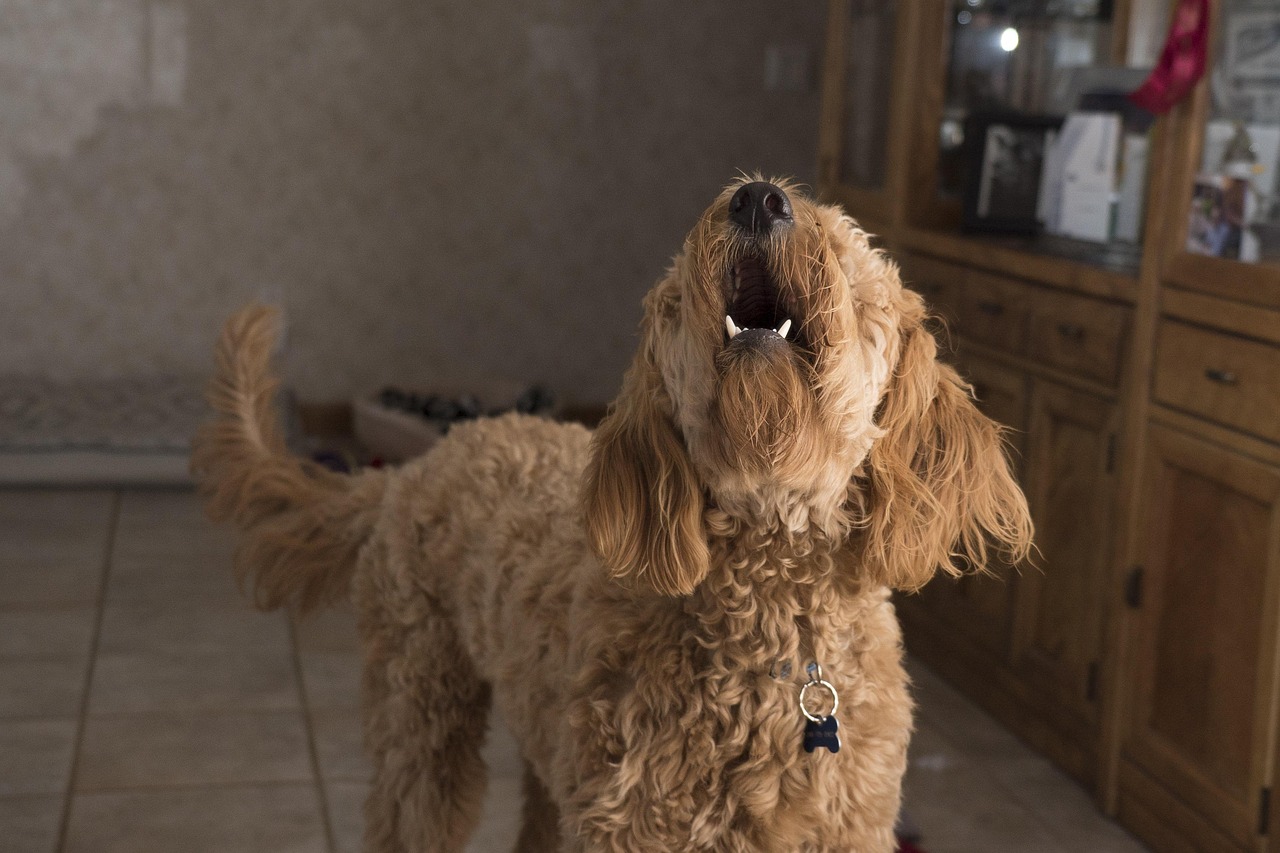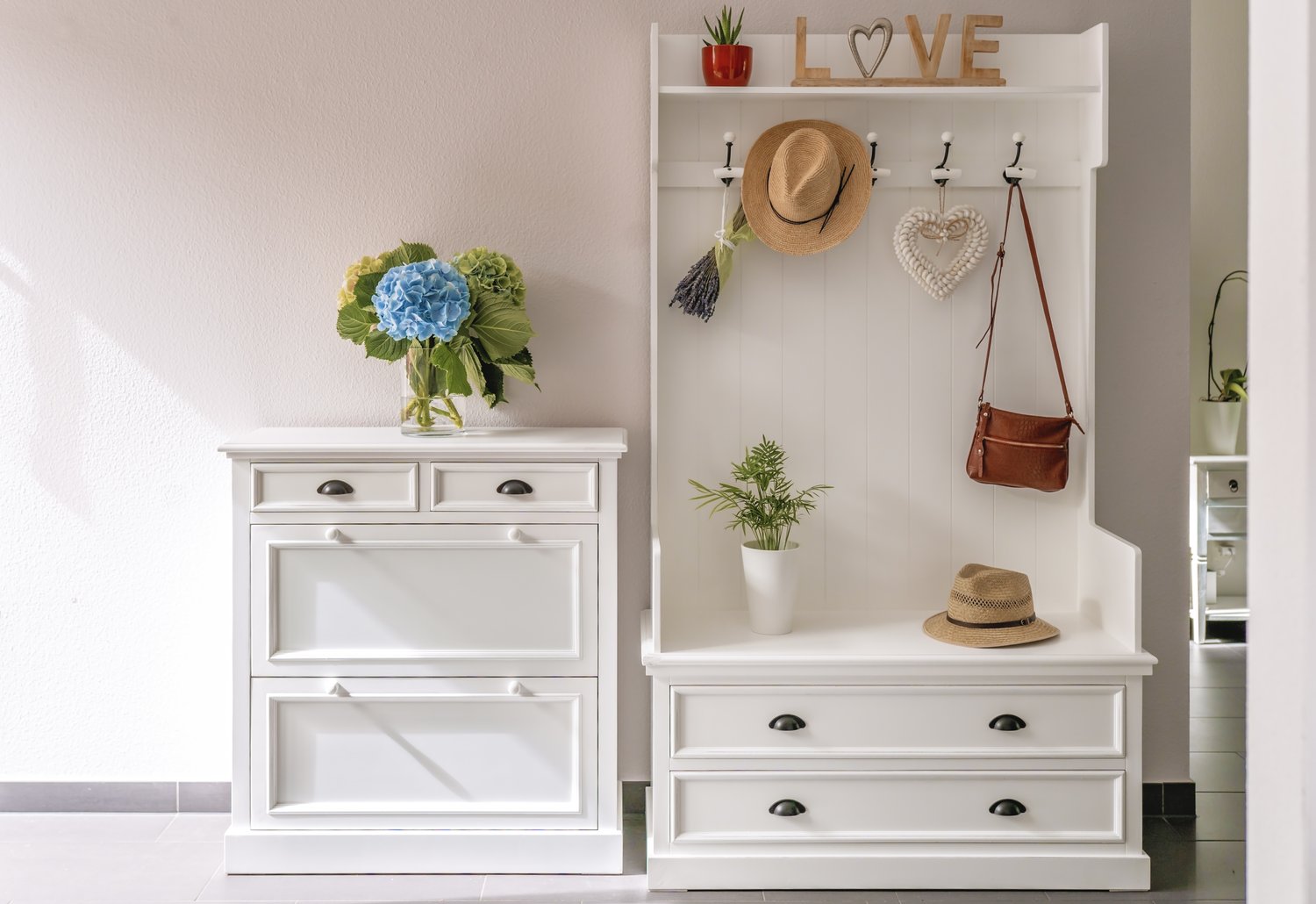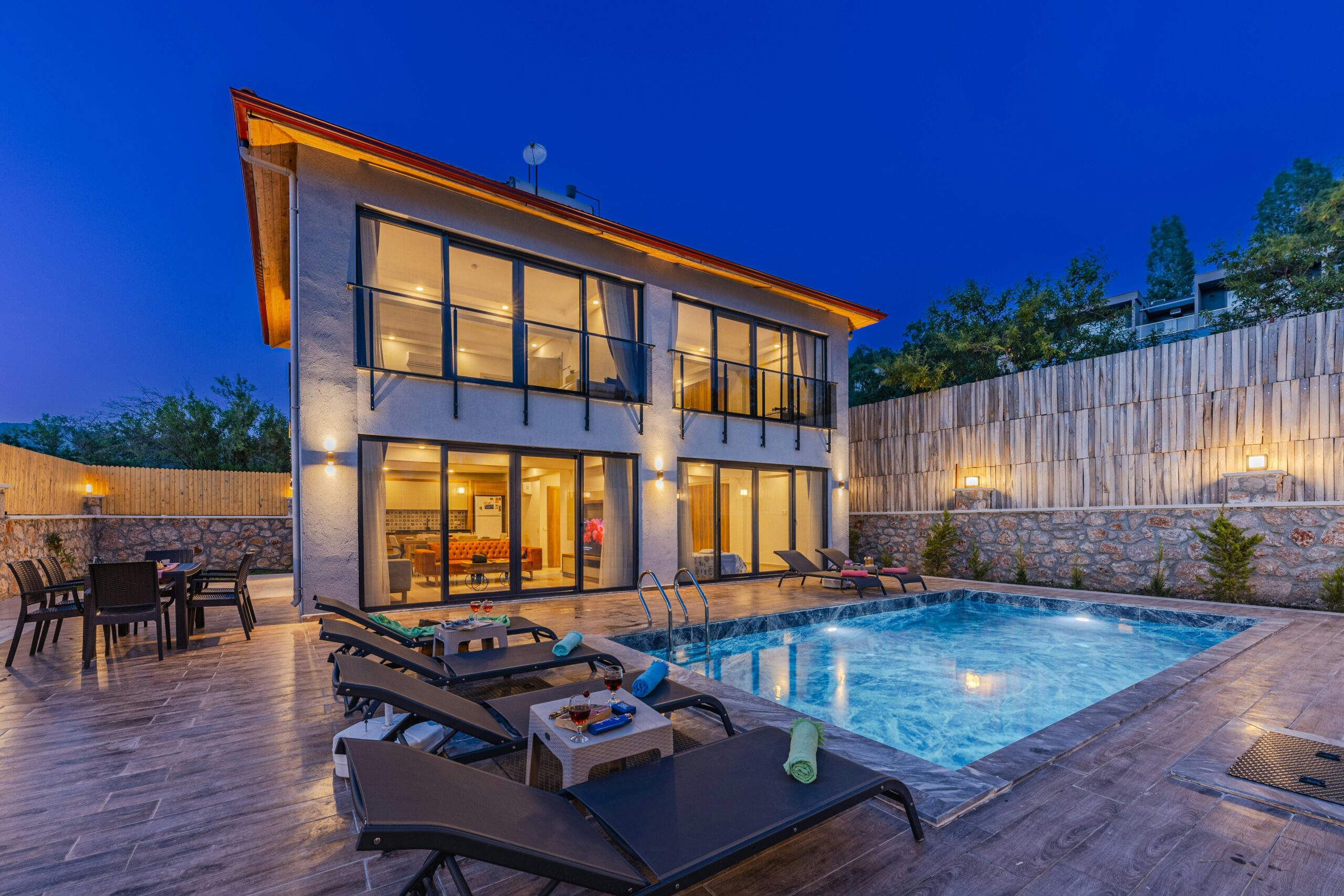Living with a barking dog can be challenging for the peace of your household and maintaining good relationships with neighbors. Dogs bark for many reasons—from expressing excitement to alerting their owners of potential threats—and while training can help reduce excessive barking, soundproofing offers an immediate solution to minimize noise disruption. This article explores effective methods to reduce dog barking noise through various soundproofing techniques, creating a more harmonious living environment for everyone involved.
Understanding Why Dogs Bark
Before diving into soundproofing solutions, it’s helpful to understand why dogs bark in the first place. Barking is a natural form of communication for dogs. They may bark when anxious, bored, seeking attention, or responding to external stimuli like delivery personnel or other animals. Recognizing these triggers can help address the root cause of excessive barking, complementing your soundproofing efforts to reduce dog barking noise. A well-exercised, mentally stimulated dog is generally quieter, so regular walks, playtime, and training should be part of your comprehensive approach to managing barking.
Strategic Room Selection for Your Dog
One simple yet effective strategy to soundproof a room with dog areas is thoughtful placement within your home. Designate a room for your dog furthest from neighbors or common areas, if possible. Rooms that face the backyard rather than the street may experience fewer barking triggers like passing pedestrians or mail carriers. Interior rooms without windows to the outside world can also significantly reduce the visual stimuli that might provoke barking. This strategic placement creates a natural buffer zone and minimizes the distance noise needs to travel to reach sensitive areas.
Wall and Door Soundproofing Techniques
For effective soundproofing of barking dog noise, focus on walls and doors—the primary pathways for sound transmission. Adding mass to walls with acoustic panels or soundproof wallpaper can absorb sound waves before they escape the room. Heavy moving blankets can be hung on walls as a budget-friendly alternative. For doors, weather stripping and door sweeps close gaps where sound easily escapes, while solid core doors provide significantly better sound insulation than hollow ones. Door gaskets and perimeter seals create an airtight seal when the door is closed, further containing noise within the room.
Window Treatments for Sound Absorption
Windows are often the weakest link in soundproofing efforts. Acoustic curtains made of thick, dense materials can significantly reduce the dog barking noise that escapes through windows. Double-layered curtains provide even better results. Cellular or honeycomb blinds trap sound in their pockets, offering sound absorption and thermal insulation benefits. For maximum soundproofing, consider window inserts or secondary glazing that adds another layer of material to block sound transmission without replacing your existing windows. These solutions maintain natural light while reducing noise pollution.
Floor and Ceiling Considerations
Sound travels through floors and ceilings, especially in multi-story homes or apartments. A carpet with thick padding provides excellent sound absorption compared to hardwood or tile floors. Area rugs can offer similar benefits in spaces where permanent carpeting isn’t desirable. For ceilings, acoustic ceiling panels or foam tiles can absorb sound from below, preventing it from traveling to upper floors. If you’re renovating, consider installing sound-dampening insulation between floor joists or adding a layer of mass-loaded vinyl under new flooring to create a more comprehensive soundproof room dog environment.
Furniture and Decor for Sound Absorption
Strategic furniture placement and selection can significantly enhance your soundproofing efforts. Bookshelves filled with books, soft furniture like upholstered sofas, and thick decorative tapestries all absorb sound waves that would otherwise bounce off hard surfaces. Placing cushions or beds near windows can help absorb sound before it escapes outside. As recommended by experts at AskHomey, incorporating sound-absorbing materials into your everyday decor creates an aesthetically pleasing environment while reducing noise transmission without making your home feel like a recording studio.
Electronic Solutions for Noise Management
White noise machines, fans, or low-volume music can mask the sound of barking by creating a consistent background noise that’s less disruptive than intermittent barking. These solutions won’t completely soundproof a room, but they can make dog barking less noticeable to neighbors or household members in different areas of the home. Some pet owners find ultrasonic anti-barking devices emitting high-frequency sound (inaudible to humans) when barking is detected. However, effectiveness varies by dog and should be used humanely.
Behavioral Training Alongside Soundproofing
While soundproofing tackles the symptom of noise, behavioral training addresses the cause. Consistent positive reinforcement training helps dogs to bark less frequently or stop on command. Creating a comfortable environment with toys and puzzles keeps dogs mentally stimulated and less likely to bark out of boredom. For persistent issues, consulting with a professional dog trainer or behaviorist can provide customized strategies to reduce excessive barking, complementing your soundproofing investments for a more peaceful home.
For more tips and to connect with reliable home service professionals, follow AskHomey on Facebook and Instagram.



